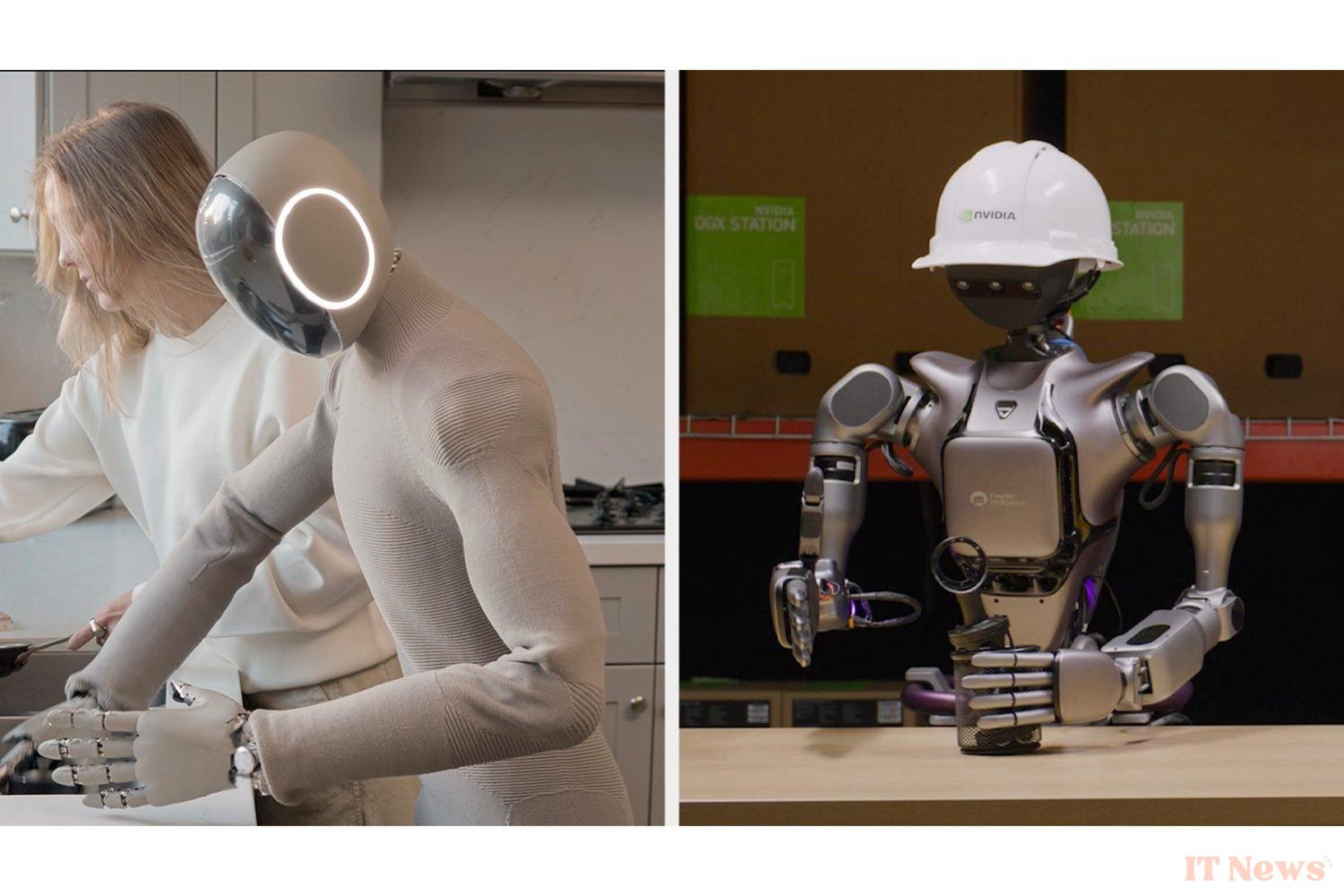Nvidia CEO Jensen Huang usually makes big statements at every conference. This time, he's talking about the "age of general robotics." What he means is: With GR00T N1, humanoid robots are supposed to become much more flexible, more autonomous... and more useful.
A model for smarter robots
GR00T N1 is a foundation model—a pre-trained AI system—that can serve as the basis for robots capable of performing a variety of tasks. The model is inspired by the human brain with two complementary "systems." The first (System 1) is fast and responsive, a bit like reflexes. It is capable of performing precise movements in real time, such as grabbing an object or moving a box. The second (System 2) takes a little longer to think. It analyzes the environment, understands the instructions, and plans the actions to be performed. Then, it transmits the plan to the first system so that the robot can move on. action.
The good news is that GR00T N1 is customizable. Developers can supplement it with their own data, from real-life experiences or simulations, to adapt the robot's behavior to specific situations.
Several companies have already acquired GR00T N1 for their own robots. This is the case for Boston Dynamics (the creators of the Atlas robot), Agility Robotics, Mentee Robotics, and Neura Robotics. But it was 1X Technologies that really made a splash during the GTC 2025 conference with its NEO Gamma robot. The latter was shown tidying up a room all by itself, thanks to GR00T N1 and some additional training.
“We develop our own models, but GR00T N1 has definitely saved us time,” explains Bernt Børnich, CEO of 1X. “Our robot is becoming more than just a tool: it's a real assistant capable of interacting with humans.”
To further enrich machine learning, Nvidia is also relying on simulation. Thanks to a tool called GR00T Blueprint, the company has managed to generate the equivalent of nine months of human gestures in synthetic data in 11 hours. This time saving allows robots to train virtually before moving on to reality.
Nvidia is also working on Newton, an open source physics engine developed with Google DeepMind and Disney Research. The goal: to make simulations even more realistic. Disney also plans to use it for its future entertainment robots, such as the droids in Star Wars.
The files, data, and tools are already Available on GitHub and Hugging Face. Enough to power future service, logistics, and even reception robots.



0 Comments